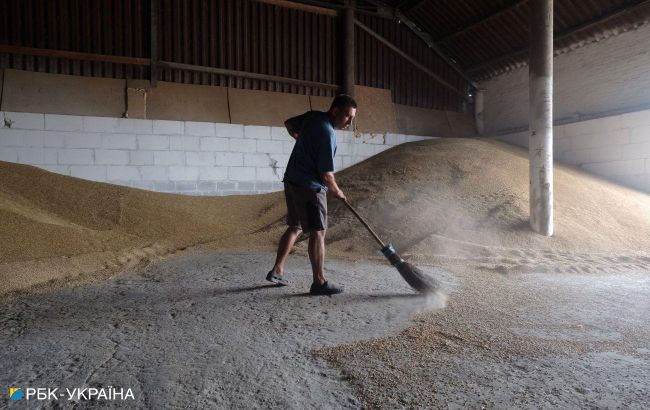Latvia to aid in transporting Ukrainian grain: When will this take place
 Illustrative photo (Photo: Vitalii Nosach-RBC-Ukraine)
Illustrative photo (Photo: Vitalii Nosach-RBC-Ukraine)
Latvia may start transporting Ukrainian grain by rail this fall. The technological capabilities of logistics and transshipment make it possible to implement this, according to the CEO of Latvian Railways, Rinalds Pļavnieks, cited by Delfi.
"Until this summer, I was absolutely skeptical about this matter and believed that it was impossible on an industrial scale," Pļavnieks stated.
According to him, such transportation requires two transshipments. However, Pļavnieks mentioned that the technological capabilities of logistics and transshipment had developed to the extent that the transshipment process could be much more efficient.
"Now there is an opportunity for transporting Ukrainian grain," added the CEO of the company.
When could this start and what scale are we talking about
Through Latvia, it will be possible to transport approximately from 500 thousand to one million tons of Ukrainian grain within a year. Pļavnieks also mentioned that the railway could be involved in transporting grain from Ukraine as early as this fall.
Export of Ukrainian grain
Ukraine is one of the leading global grain exporters, while Russia has been targeting attacks on its agricultural and port infrastructure after refusing to expand the grain corridor established a year ago through UN and Türkiye mediation. Attacks have been directed at the internal Danube ports of Reni and Izmail.
Russia's move has significantly affected the export potential of Ukrainian grain. Additionally, the sale of agricultural products from Ukraine is restricted due to a decision by the European Commission, which bans exports to five European Union countries. The National Bank of Ukraine, in its base forecast, assumes that the grain corridor will not operate until the end of the conflict.
Recently, Lithuanian ministers proposed to EU officials to increase grain exports from Ukraine through a transportation route to the Baltic countries.

